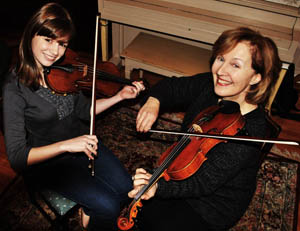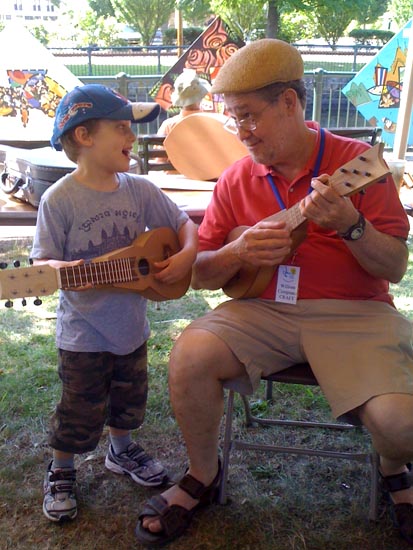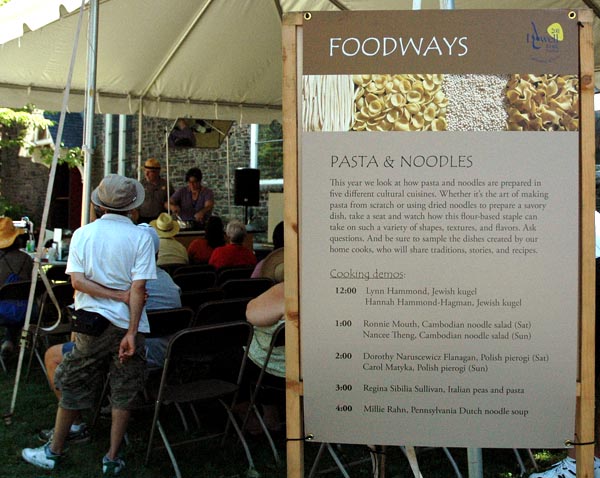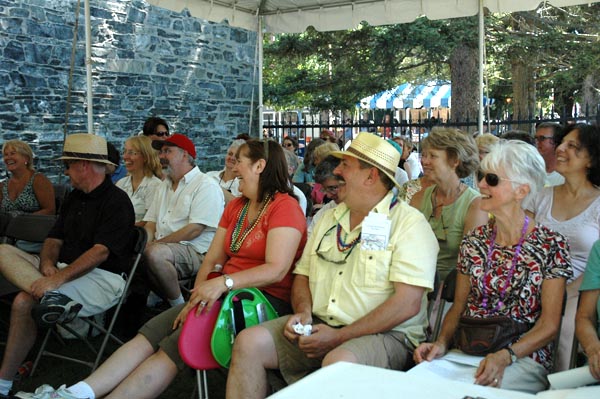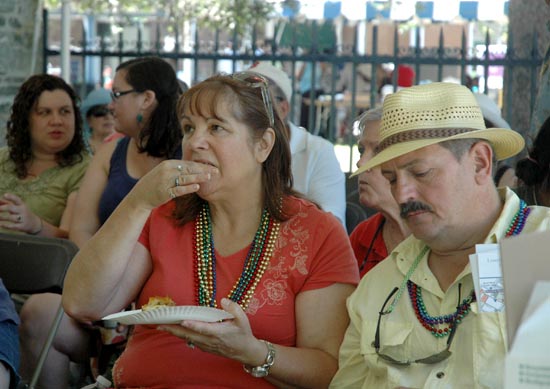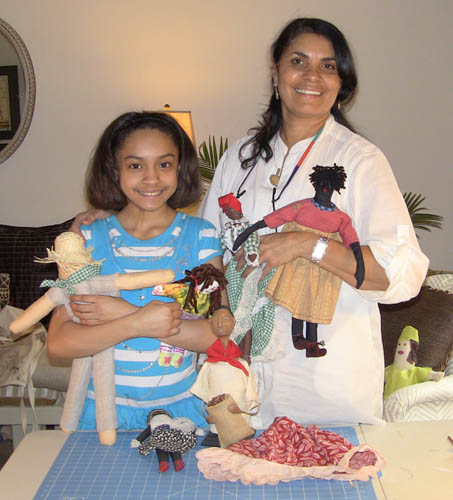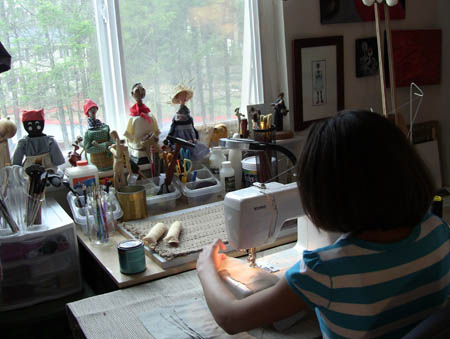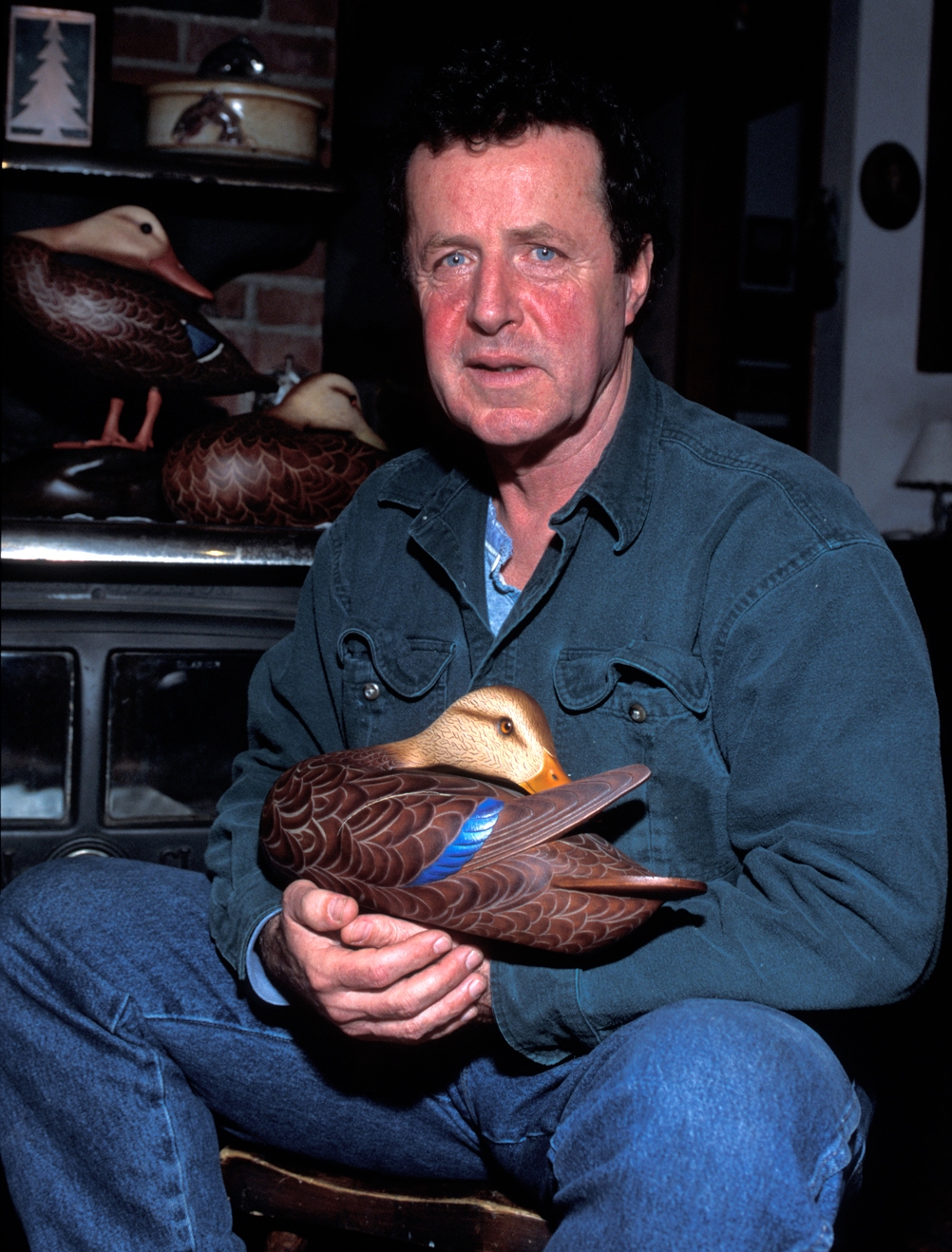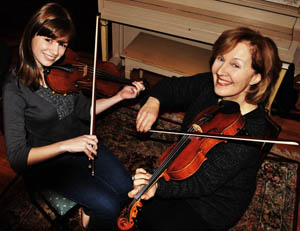It’s nice to see a mentoring situation continue after the formal Traditional Arts Apprenticeship has ended. Irish fiddler Laurel Martin was awarded an apprenticeship in September 2010 to work with home-schooled teen, Natayla Kay Trudeau. Beyond the learning of new tunes, special emphasis was put on gaining an understanding of the older regional fiddle styles associated with County Clare — a style Martin herself was taught by acclaimed Clare-born fiddler Seamus Connolly, in an apprenticeship more than 20 years ago. Trudeau also learned about fiddlers who were also known for their compositions, including tunesmiths Junior Crehan, Paddy O’Brien, Sean Ryan, and Ed Reavey.
By June 2011, Trudeau’s progress was audible; not only had she gained respect for the authenticity of regional fiddle styles, but her technique, musicality, and presence on stage were surprising for one so young. The two took part in a Lowell Folklife Series concert back in June at the Merrimack Repertory Theatre. Their music enlivened the stepdancing of Kieran Jordan and Kevin Doyle, along with their respective apprentices, Emerald Rae and Nicole Leblanc.
And though the formal MCC-funded apprenticeship with Laurel ended in June, Trudeau’s education as a budding musician has just begun. She will perform on December 12 at the Westford Museum and will join Martin on stage at Club Passim (also on December 12) and the Java Room Coffee House in Chelmsford (February 11). Soon after, Martin and Trudeau are headed to Ireland for a week of seisuns, performances, and ceilidhs — a veritable immersion in the world of Irish fiddling. Lucky girl.

